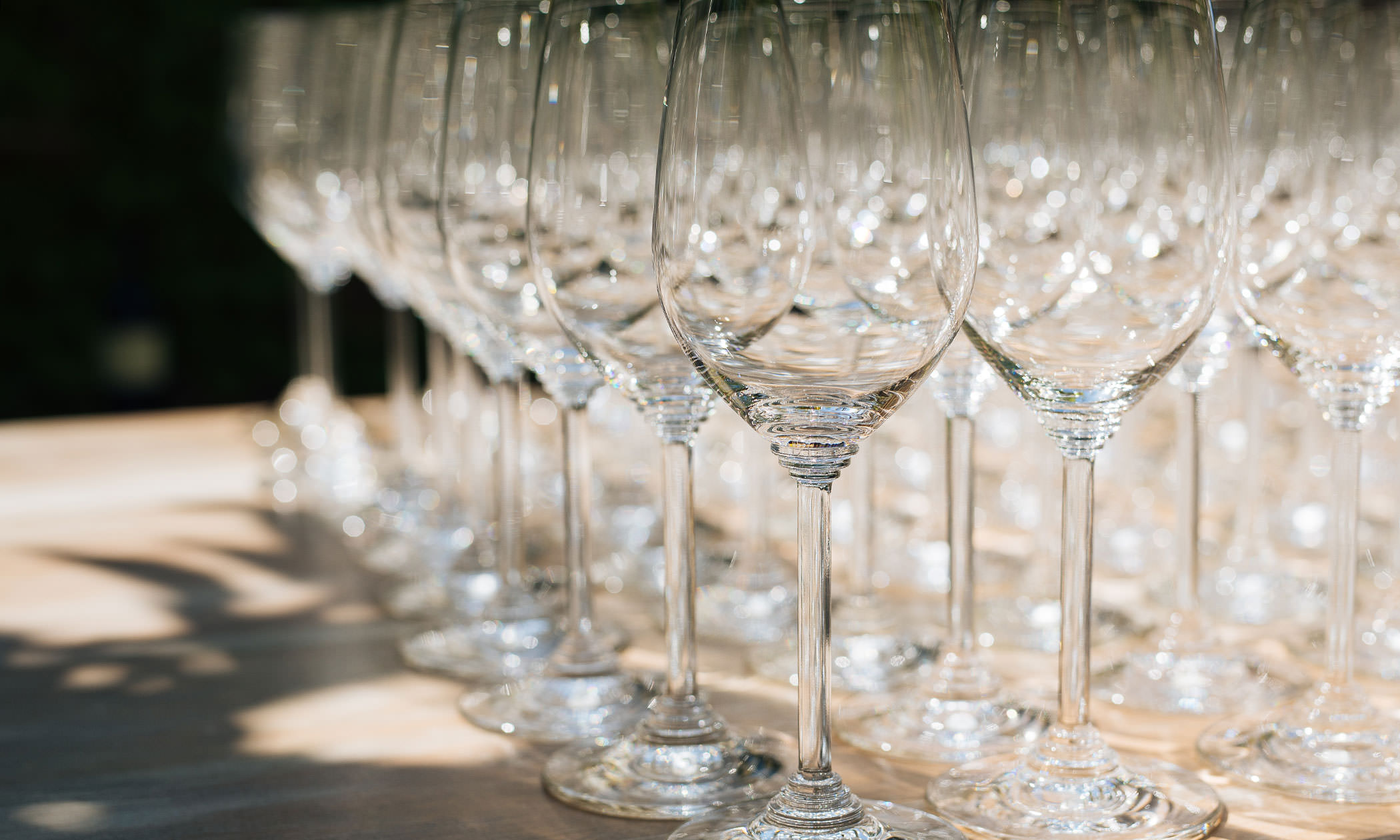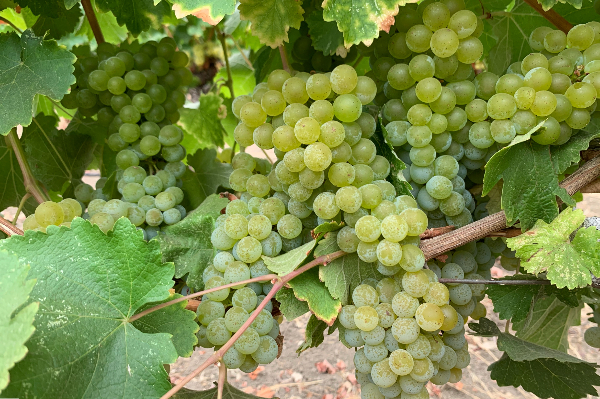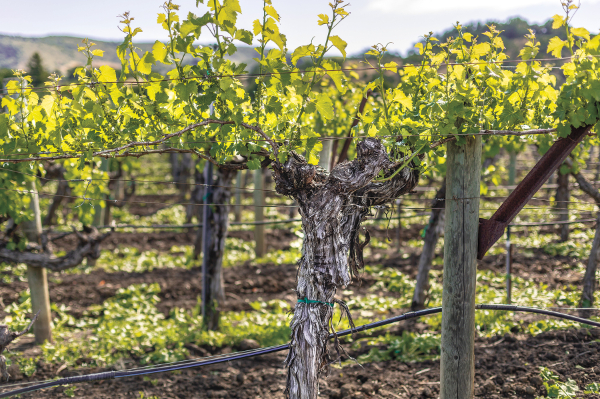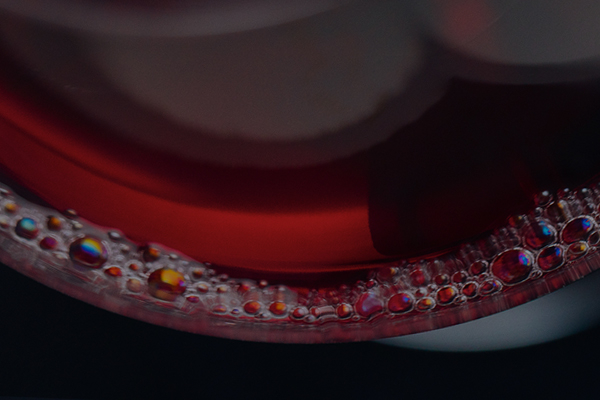Wine glasses are like people; they come in all shapes and sizes, and some hold their liquor better than others.
Darren Bohan, a brand ambassador for Materra, Cunat Family Vineyards in Napa, has handled more than his share of glassware as one of the winery's longest tenured tasting room employees. "I've broken more than I've saved. I'm not one of those guys that can carry 10 glasses at a time," says Bohan with a laugh.
No matter how many you're handling, it's smart to be careful with those wine glasses, because they're made of, well, glass. "Sometimes when you're buffing them, they'll just break," says Bohen. "They are cleaned in a commercial dishwasher at 180 degrees, and I think use over time just makes them brittle."
Wine glasses are shaped differently to enhance the aromas and flavors of a particular type of wine.
Materra, Cunat is an appointment-only tasting room that typically pours three red wines and three white wines per tasting. The winery will usually host up to 30 to 35 customers on a normal summer weekend day. At two glasses per person, that could add up quickly to 180 to 210 glasses per day!
But fortunately, Materra, Cunat, as a Napa Green Winery Certified member, conserves water and energy by re-using glasses for separate pours, so would only use 60 to 70 glasses per day. (For more information on the truly awesome Napa Green program, visit napagreen.org)
Plenty of Options Out There
Wine glasses are shaped differently to enhance the aromas and flavors of a particular type of wine—red, white or sparkling.
A winery will obviously have the glassware covered. All you have to do is show up (or make an appointment, maybe Google it or call the winery first), sit down and enjoy the wine and—quite often—the majestic views of the estate.
But what if you'd like to have a few people over for your own dinner party or tasting? First, figure out what wine you'd like to serve. Then go for the glassware.
Our friends at The Drinks Business have done a great breakdown of optimal glassware for each primary category of wine: red wine, white wine and sparkling wine. Here are a few of their tips and highlights:
Red Wine
- The bowls of red wine glasses are usually fuller and rounder, with a larger opening to allow you to dip your nose into the glass to experience the various aromas, or "bouquet"
- Red wines need a larger surface area to "open up"
- Evaporation and oxidation will also occur, which can improve the quality of the wine
- Some red wines benefit from minor changes in glass shape, such as the height of the glass
- A "Bordeaux" glass is tall with a broad bowl, allowing full-bodied reds like Cabernet Sauvignon and Syrah to flow directly to the back of the mouth
- A "Burgundy" glass has a bigger bowl to let delicate reds such as Pinot Noir excel on the nose; it directs wine to the tip of the tongue
White Wine
- Most white wines do not need as large of a glass to showcase their aromas and flavors
- The bowl on a white wine glass is often more U-shaped and upright than a red wine glass, allowing the aromas to be released
- Glasses with smaller bowls also help retain a cooler temperature
Rosé Wine
- Rosés can be served in white wine glasses because the two are produced in similar fashion
Sparkling Wine
- Sparkling wine is often served in tall, thin glasses called "flutes," which capture the carbon dioxide in sparkling wines and keep the bubbles circulating
Like most aspects of the wine industry, of course, the choice in glassware comes down to your individual palate.
Just be careful not to break them!




